ECONOMIC OUTLOOK
South Africa’s GDP contracts 0.7% in Q2, taking output back to pre-pandemic levels
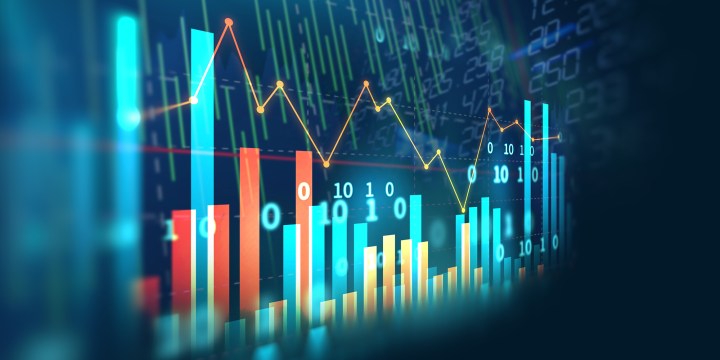
South Africa’s gross domestic product (GDP) shrank by 0.7% in the second quarter (Q2) of 2022, Statistics South Africa (Stats SA) said on Tuesday. This takes output back to pre-pandemic levels, a case of one step forward, two steps back.
South Africa’s economy briefly reached pre-pandemic levels of output in Q1 when the economy expanded on a quarter-on-quarter and seasonally adjusted basis by 1.7% — revised down from 1.9% previously — but the KZN floods in April and the surge in rolling blackouts combined to rain on that parade.
“After two consecutive quarters of … growth, real gross domestic product decreased by 0.7% in the second quarter of 2022,” Stats SA said in a statement.
“The economy took almost two years to recover from the impact of Covid-19, with real GDP reaching pre-pandemic levels in Q1 2022. The recovery was short-lived, with the 0.7% decline in Q2 dragging GDP back below the Q4 2019 pre-pandemic level of R1,148-billion.”
So, it’s a case of one faltering step forward and two steps back for an economy that simply cannot seem to catch a break.
“The recovery from Covid was never going to be a straight line up and power constraints will remain significant near-term,” Razia Khan, chief Africa and Asia economist at Standard Chartered Bank in London, told Business Maverick.
The KZN floods were a major factor, especially for the manufacturing sector, Stats SA said.
“The damage to factories and plants, and disruptions to logistics and supply chains, pulled national manufacturing output down by 5.9%,” the agency said.
Mining output fell by 3.5%, hampered by rolling blackouts, a strike at Sibanye-Stillwater’s gold operations and bubbling social unrest.
The agriculture, forestry and fishing sector shrank by 7.7%, dragged down by a decrease in the production of animal products in the wake of an outbreak of foot-and-mouth disease.
“The livestock industry, which accounts for roughly half of the sector’s gross value added, continues to suffer from foot-and-mouth disease outbreaks and rising feed costs. Moreover, some field crops’ harvests aren’t as robust as the 2020/21 season due to heavy rains at the start of the season, albeit well above the long-term harvest levels,” Wandile Sihlobo, chief economist at the Agriculture Business Chamber of SA, said in a note on the data.
Visit Daily Maverick’s home page for more news, analysis and investigations
If the economy contracts again this quarter, which ends on 30 September, it would mean that South Africa has fallen into a recession. That is too early to call as most of the economic data for July and August are not in yet, and the stuff that has come out so far hints at a tentative recovery.
The Absa Purchasing Managers’ Index (PMI), a key gauge of health in the manufacturing sector, rose to 52.1 points in August from 47.6 in July. This reversed two consecutive months of decline and brought the index back into positive territory. But its range is 0 to 100 and at 52.1, it is hardly shooting the lights out.
Meanwhile, new vehicle sales and exports have been shifting into a higher gear. New vehicle sales in August rose by 14.2% from August 2021 to 47,420 units, while exports increased by 57.1% year on year to 28,662 units, according to the Automotive Business Council. In July, the annual increases were 30.9% for new vehicle sales and 177.7% for exports, which came off a low base because of the riots in July last year.
The July 2022 manufacturing output data are due out on Thursday and will provide further details about how this quarter is shaping up.
South Africa’s sluggish economic trajectory has been accompanied by surging inflation, which hit a 13-year high of 7.8% in July. But the peak may be near. The retail price of 93-octane and 95-octane petrol will decrease by R2.04 or 8% on Wednesday, the biggest drop since 2020, according to Bloomberg.
This is unlikely to stay the hand of the rate hiking cycle launched in November last year by the South African Reserve Bank (Sarb), which has added 200 basis points to its key repo rate, bringing it to 5.50% and the prime lending rate to 9.0%. Sarb has a laser focus on inflation, which is uncomfortably outside of its 3% to 6% target range.
Rising rates are among the many headwinds the economy faces going forward, along with slowing global growth and the usual litany of South African woes — rolling blackouts, a collapsing rail and port network, pothole-riddled roads, rampant crime, social unrest, corruption and policy inertia.
On the policy front, President Cyril Ramaphosa had the following to say on Monday in his weekly newsletter:
“Economic growth cannot be realised and jobs cannot be created without undertaking the difficult but necessary structural reforms that will improve the business and investment climate… However, for success to be guaranteed, we will need to forge consensus between business, labour and civil society not only on the reforms that are needed, but on the trade-offs that are necessary.”
After 4½ years in the presidency, Ramaphosa is still seeking to “forge consensus” on structural reforms. Small wonder this economy can’t get meaningful traction. DM/BM

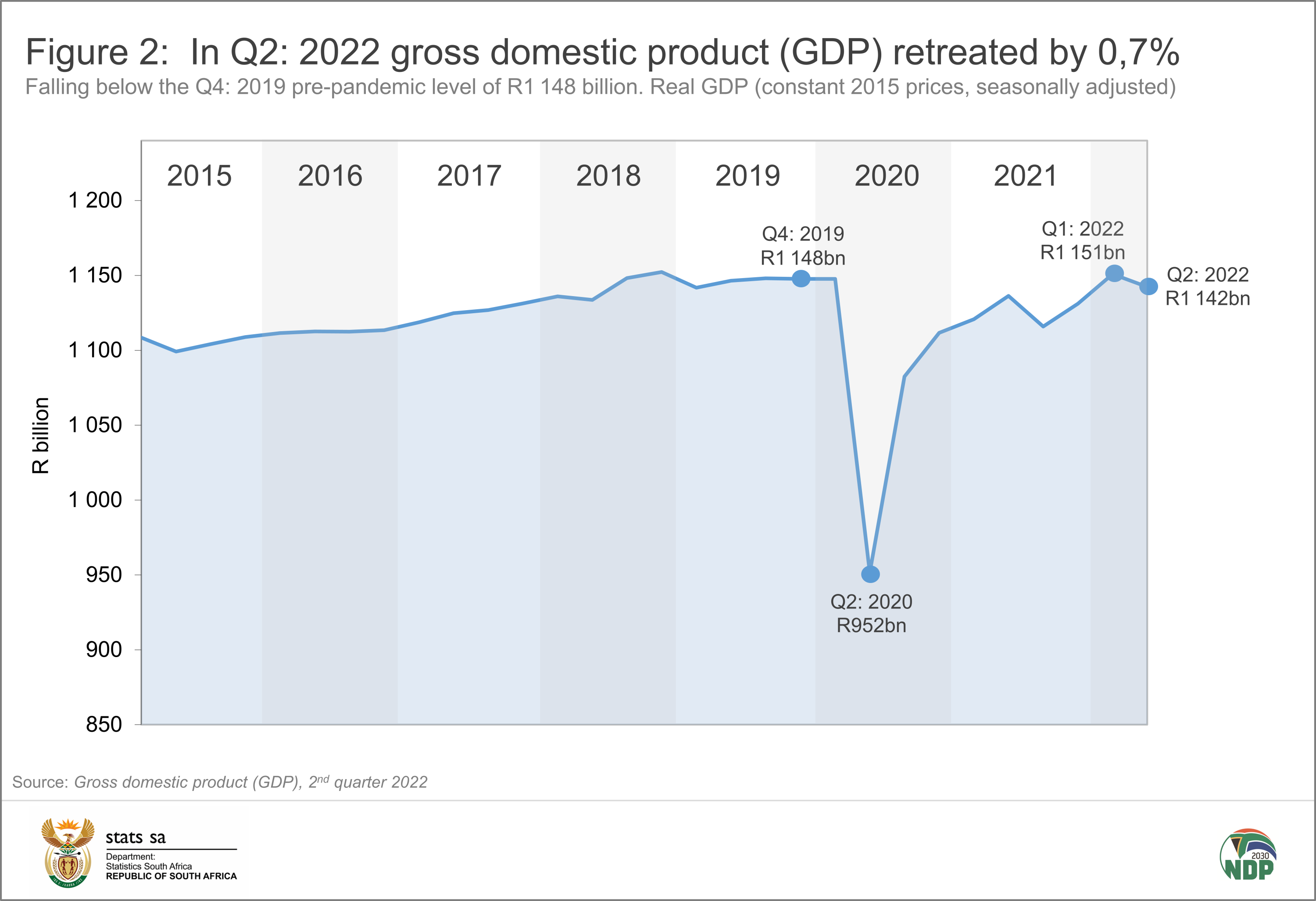





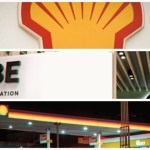
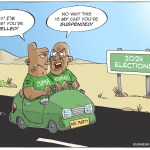

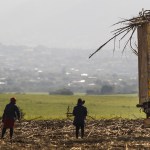






Comments - Please login in order to comment.